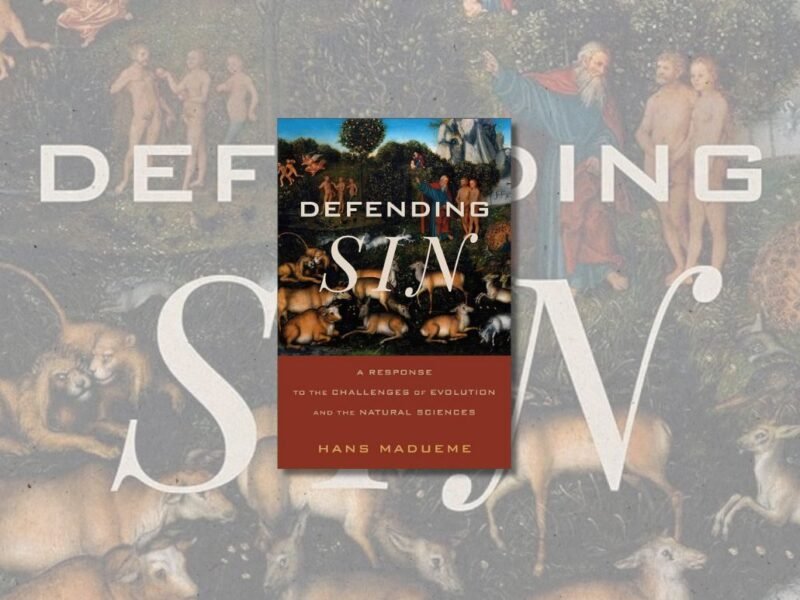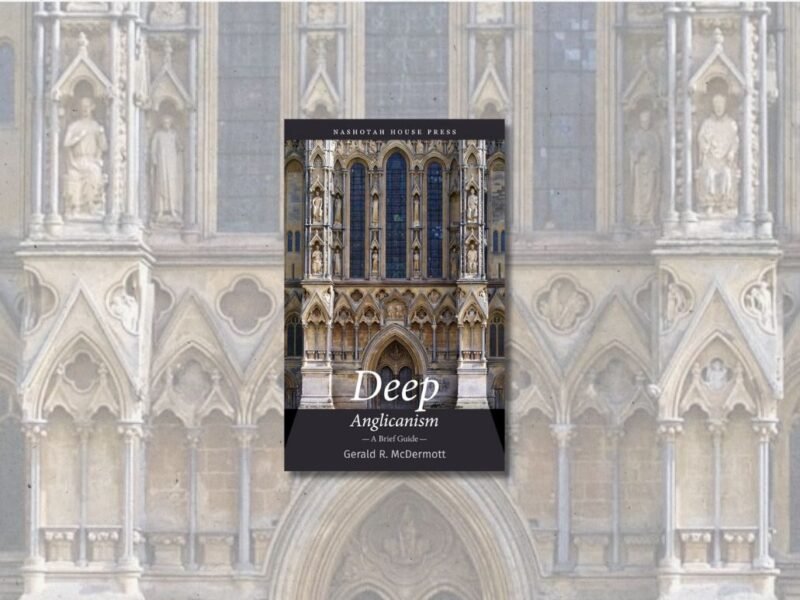How the English Reformation was Named: The Politics of History, 1400-1700. By Benjamin M. Guyer. New York: Oxford University Press, 2022. 240 pp. $85 (cloth).
In common parlance, “the Reformation” is conceived as a unified phenomenon, the various national manifestations of which can all be causally traced to the original German reformation spearheaded by Martin Luther. In reality, the relationships between the different national reformations are less straightforward than this popular conception of “the Reformation” would suggest. For that matter, the very use of the word “reformation,” even when only referring to a single nation, is open to further scrutiny concerning the concrete historical events to which it is applied.
Benjamin M. Guyer undertakes such a project of scrutiny in How the English Reformation was Named. He closely investigates the meaning of not only “reformation” but also its Latin root word “reformatio,” as commonly understood in Europe more broadly and the British kingdoms in particular, from the late fifteenth through seventeenth centuries. On the basis of this investigation, he argues that the events we typically refer to as “the English Reformation”—spanning the reigns of Henry VIII, Edward VI, and Elizabeth I—were not commonly characterized with the term “reformation” or its Latin equivalent by contemporary authors. In fact, the term “English Reformation” was “first used a century after the events that it sought to describe” (8).
A key reason for this, according to Guyer, is that in the late fifteenth century and onward “reformatio” was closely associated with church councils. As he puts it, “Practically everyone, including Martin Luther, described reformation as the work of church councils” (13). However, the rejection of the papacy by Henry VIII and Parliament made it difficult to contemplate any English participation in a church council deemed by all parties to be “ecumenical,” although hopes for such a council were frequently expressed in England for years to come. As a result, “Neither [Henry VIII nor Edward VI] had any obvious reason, much less precedent, for drawing upon the vocabulary of reformatio that had long animated the conciliar imaginary” (29). This is not to say that no one at the time ever spoke of contemporary events in terms of “reformation,” but only that it was not the “default” or common appellation.
Whence, then, did “the English Reformation” originate? On Guyer’s account, “It was only during the British civil wars of the 1640s that apologists for the Church of England advanced a distinctly historical discourse about an event that they variously termed ‘the English Reformation,’ ‘our English Reformation,’ or, most simply, ‘our Reformation.’” “The English Reformation,” so the contemporary argument went, was “led by a succession of devout monarchs and largely accomplished without bloodshed” (2), in contrast to the Scottish Reformation. In short, Guyer writes, the term was a product of polemical historiography, “one of the most persuasive and skillfully crafted of all early modern religious polemics” (11).
The significance of this argument is not, as Guyer makes clear, that “it is wrong to use the term ‘English Reformation’ to denote mid-Tudor religious history. Nor am I calling for the abandonment of ‘Protestant Reformation’” (8). Rather, the implications Guyer draws from his investigation are all meant to inform and refine future historical inquiry, with his call for further study of “how the vocabulary of reformatio was used and disseminated elsewhere in fifteenth- through seventeenth-century Latin Christendom” being just one example (184). Indeed, the book as a whole is addressed to historians more than the general population, with an eye toward second-order contemporary written treatments (i.e., early historiography) of the English Reformation. In Guyer’s words, “The focus is upon perceptions and descriptions of religious change, rather than the content thereof” (9).
That said, Guyer’s exploration of early historiography on the English Reformation offers some insight for present-day Anglicans on how these English church members understood themselves. To begin with, contemporary treatments stressed the Church of England’s continuity with the early church: “Jacobean writers often operated with a broadly patristic frame of reference that, however partisan, connected the Church of England to Christian antiquity without any reference to contemporaneous religious disputation elsewhere” (108). Hence in many cases “the semantic contest between English evangelicals and their Catholic opponents…concerned the meaning of ‘Catholic,’ rather than ‘reformation’” (69), with the former group claiming the label for themselves. In this vein, there was also a tendency (lasting well into the seventeenth century) to downplay Martin Luther’s influence on the English Reformation (74‒75, 86, 103, 145). Yet many authors did not hesitate to adopt the label of “Reformed Catholic,” acknowledging that the English church had changed, albeit so as to leave behind recent corruptions (69). By the same token, over time they willingly referred to themselves as “Protestants” (75). While perhaps incidental to Guyer’s larger argument, this sketch of the sixteenth- and seventeenth-century Church of England’s self-conception is instructive for Anglicans today.
To conclude, Guyer’s How the English Reformation was Named is an insightful reminder that history is rarely as simple as our inherited narratives might lead us to believe. At any given historical moment, this complexity plays out in the form of dueling narratives as various factions seek to make sense of the same basic facts. But the reality of conflicting narratives is no reason to relinquish the terms born of these narratives, as Guyer notes. Anglicans have their own story just as much as anyone, and while Guyer is right to say historians should be careful not to conflate an interpretive tradition with the events of history themselves, those who identify with and embrace such a tradition cannot but live and speak within it as well.







'Book Review: “How the English Reformation was Named”' has no comments
Be the first to comment this post!